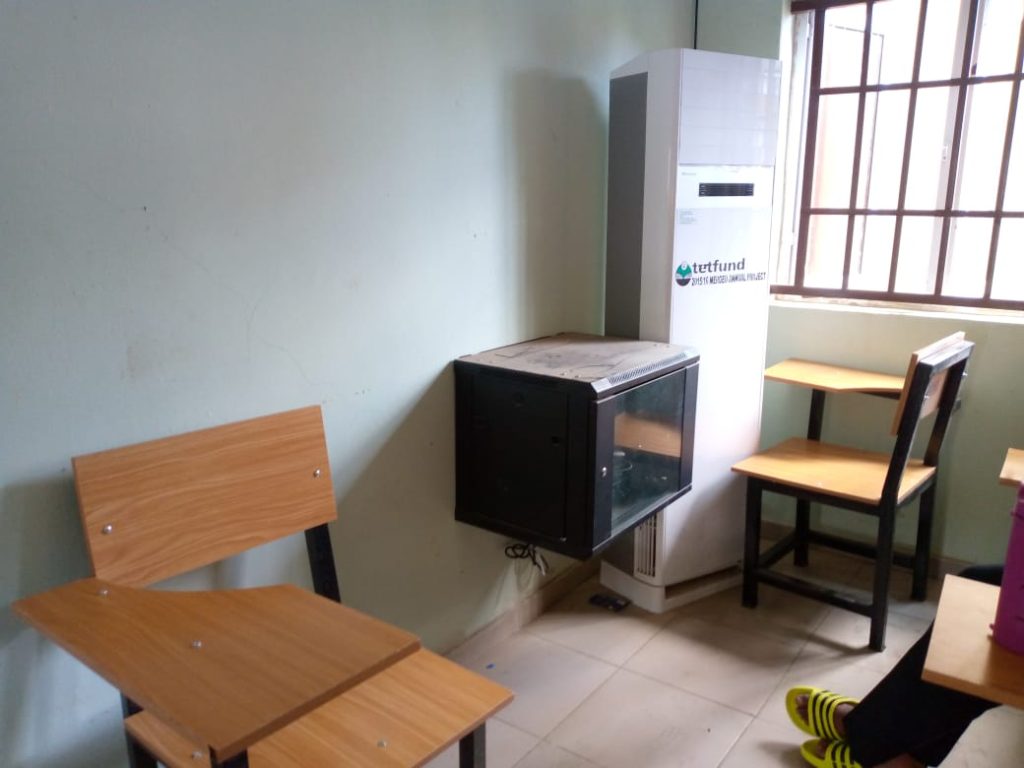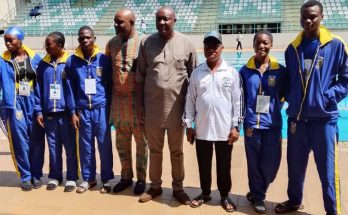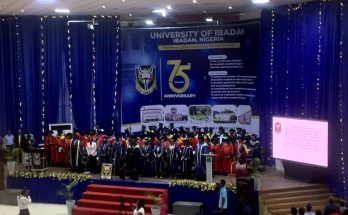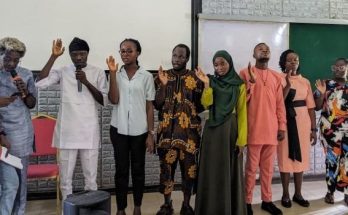
Aduwo, Ayodele
The construction of the new Faculty of Art building by TETFUND, after its approval project, has truly brought relief to the common users of the new facility. For students, the completion of the project means that the problem of crammed-up classes, where students in previous semesters stood on their legs for classes, or were forced to use the central front space of the University’s main library for lectures, have now been cracked.
With the new sizeable classrooms, students’ estimated worry of attending and receiving lectures on their feet for hours in some of the small-sized classrooms within the main faculty premises have been cut down to an abated measure. For the staff, the new building will provide more comfort for their office work.
Knowing well, therefore, that the new facility indeed is beneficial to all, the need to take appropriate care of the building and even all the other pre-existing facilities in the faculty must be of concern to all. Well observed, the manner of usage of the new facility – the New Faculty’s Classrooms especially – in the past few weeks prompts a call for some sincere attention. An attention which the University of Ibadan management, as well as the faculty management, students themselves, and even the project initiator, TETFUND, must watchfully pay to the facility and many others like it on campus.
First, there is a need for the University/Faculty management to convene set-up measures against ‘the wrong use of writing materials on the provided white boards’ in the new classrooms, and across the entire faculty lecture rooms. It is for a fact a common sight to see several jottings which become permanent stains on whiteboards or any display boards. That the new facility, in the past few weeks, has been introduced into the culture of defacing boards without regard, and rendering the amenity less of what it should be, needs correction. The common ‘invalid use of permanent waterproof markers on the board’ without a stint of regard for other classes or departments that should also have unrestrained access to the whiteboard needs to be cautioned. This caution must be made without prejudice to all concerned parties, and must simply be addressed to all users of the teaching and learning aids which have been provided in the classes. The call against this is based on the fact that flawed use of permanent markers makes the whiteboard ugly, only endangers the health of the board itself, and the defeats the purpose of these boards. The unbecoming use of this teaching aid has appeared to be the main reason for the traces and ghost appearance of writings that appear fixated almost even after exhaustive attempts to clean whiteboards.
Besides the misuse of whiteboards, another matter of utmost concern is the state of the new amplifiers that have been distributed into classrooms in the new building; speakers, air conditioners and the sound amplifying engine. Currently, these important teaching aids can be currently found, sadly, unduly covered with powder of dust which may debar its intended usefulness now or in the long-run. The state of the amplifiers despite that it was housed in a box-like container should tickle our concern. What purpose or whom do the devices aim to serve? Are the new but dusty sound amplifiers in the new building meant to serve students during the teaching and learning process? How should these devices be used? If that is not it, during what special occasion or who, of especial importance, are these devices, including the projectors meant to serve? PG students or undergraduates?
In general, traditional teaching aids, which include learning through books, periodicals, blackboards etc., cannot be said to be enough education aids in this demanding age we are in. Visual and mechanical teaching aids, which include the use of posters, model, figure, chart, graph, info-graphs, flannel board, picture, map and other audio-visual teaching aids, optimally develop the students’ senses – thinking, understanding and observing abilities. This is to buttress the fact that the provision and importance of some of the obtainable devices, such as data projector and a classroom computer screen, cannot be wrongly estimated.
For every facility at the Faculty of Art, either new or old, the ultimate need to take good care of it is anchored against the gravity of harm that the lack of a good maintenance may cause. Nigeria as a country is a specific case study.
The third mainland bridge was constructed by the Babangida government and was commissioned by then president Shehu Shagari. Its approximate cost was valued at about one hundred and twenty two million pounds (Sterling). Since the third mainland bridge had been built by the Babangida government, and completed by the Shehu Shagari government in 1980, there has not been any effective maintenance of the bridge (despite of its importance to transportation in Lagos. The long and old bridge was left like that, and continually used without proper maintenance until lots of years after its commissioning. Precisely in 2008, there were numerous complaints by users of the bridge over the constant vibration noticed (which became seriously bad). It was only then that attention was given to the bridge. The federal government spent a whooping sum of N754,000,000 in repairing the expansion joints of the bridge in 2008. However, because of the intensity of the initial deterioration of the bridge, the repairs done could not restore the bridge to a good working condition. There was then a need to carry out another set of repair works on the bridge, the Federal government then incurred about N1,100,000,000 in repairing the expansion joints of the other side of the bridge. What is the point? The grand point here is that government could have avoided spending that much on repairs if they had carried out routine checks and periodic maintenance on the bridge. It could have saved the government a whole lot of money, it also would have prevented the bridge from getting to such a bad level of deterioration (that the bridge started vibrating).
Against the case study of Nigeria’s poor maintenance culture and its accosted consequence, the University needs to evolve or create a policy on maintenance to aid regular check ups and sustenance of facilities. Regular maintenance capacity development programmes should be periodically executed for every staff and students. Some chairs need to be repaired at the faculty of art, in the same manner that halls of residence at the University of Ibadan need corrective maintenance. For students specifically, the faculty and University management must begin to consider adding this concern, with emphasis in her orientation for students, if not among her areas of concern yet. More importantly, it needs to be known that one way to also make facilities durable is to permit its usage, rather than preventing its usage. It is important that students are afforded access to all unused gadgets. It is assuredly a way to prevent the deterioration of all obtainable facilities.



